teppanyaki
Teppanyaki: Japan’s Amazing Culinary Spectacle!
Karina Ikedo
Posted on June 23, 2025
Share:
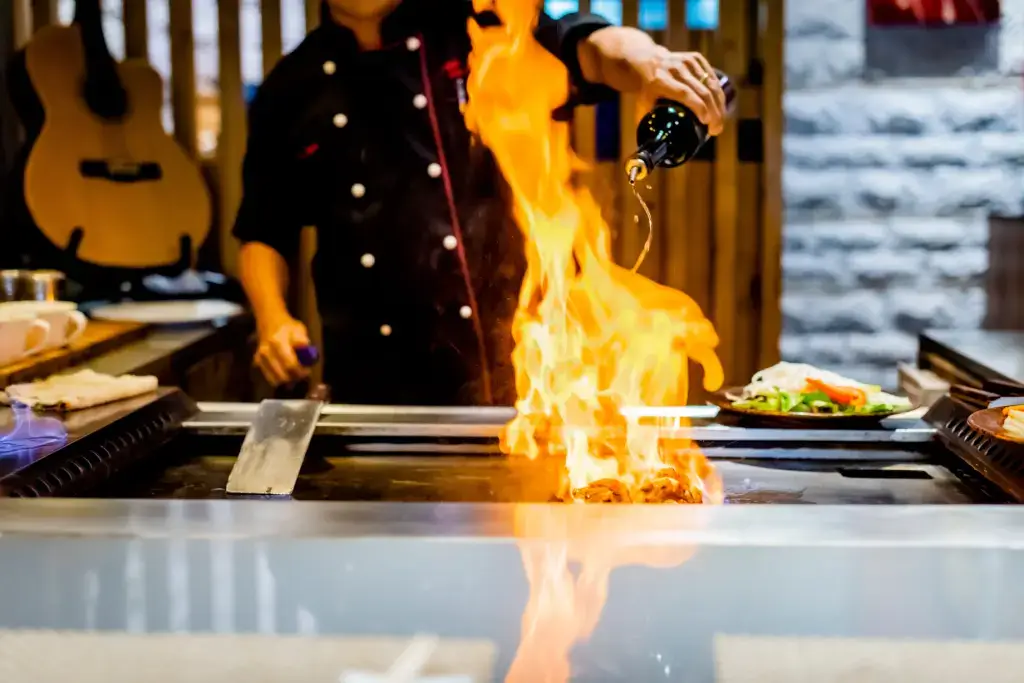
You’ve seen teppanyaki if you’ve ever sat around a large, flat grill while a chef cooks before you. This cooking style began in Japan after World War II and quickly caught people’s attention. It often uses quick movements, fire, and precise techniques. Teppanyaki (Japanese iron grill) became well known in the U.S. thanks to restaurants like Benihana, which opened in the 1960s.
People enjoy watching their food being made right in front of them. It adds something special to the dining experience. Today, it is a popular choice at Japanese steakhouses across the country. Let’s explore how it became so popular.
What is teppanyaki?
This unique dish comes from two Japanese words: teppan (iron plate) and yaki (grilled or pan-fried). It’s a style of cooking in which food is prepared on a large, flat iron surface. Chefs usually cook thin slices of beef, seafood like shrimp or scallops, and vegetables.
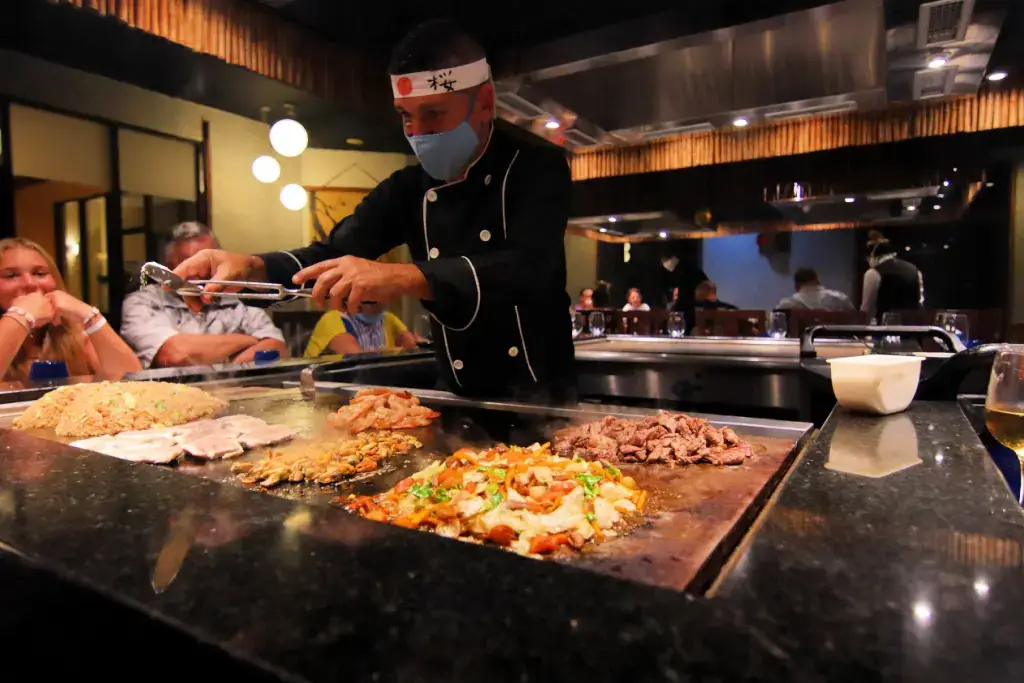
Popular vegetables include onions, mushrooms, and zucchini. This style differs from other Japanese cooking styles, usually quiet and straightforward. It is louder and more energetic, with chefs working right before the guests. It’s not just about the food; it’s also about how it’s prepared. Every step happens in full view.
The Birth of a Japanese-American Favorite
Interestingly, this one-of-a-kind dish didn’t begin as a cooking show. At first, it was simple and served in homes or small restaurants. The version we know today started with a restaurant called Misono in Kobe City. Misono opened in 1945 and added entertainment to the cooking. Foreign visitors liked the show, and the idea began to spread.
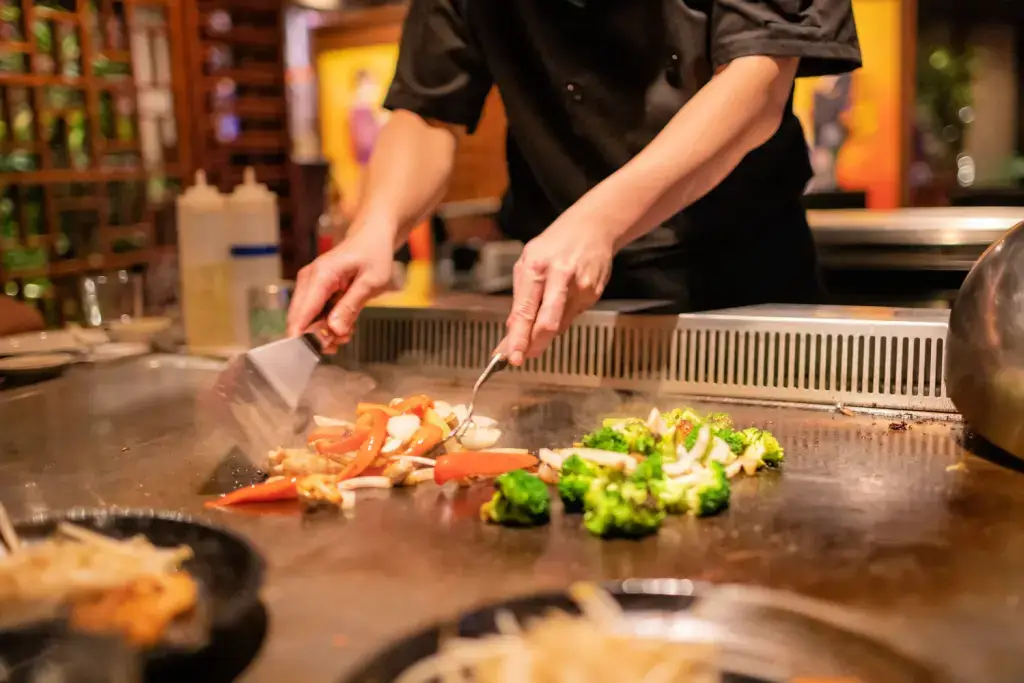
In the 1960s, it made its way to the United States, where it became known as the Japanese steakhouse style. Benihana was the most famous, and it was started by Hiroaki Rocky Aoki in 1964. Benihana made teppanyaki popular with tricks, fire, and high energy.
Want to experience authentic Japanese food like teppanyaki? Then check out Sakuraco! Sakuraco delivers traditional Japanese snacks, sweets, tableware, teas, and more from local Japanese makers right to your door!
Why Americans Fell in Love with Teppanyaki
So, what made this dish such a hit in the United States? It’s the perfect combination of food and presentation. Chefs don’t just cook, they entertain. They juggle utensils, tell jokes, and perform cooking techniques that engage the audience.
People of all ages enjoy the experience. Whether it’s a family dinner or a birthday, this dish makes the occasion feel special. The meals are also highly customizable. You can pick your protein, like steak, shrimp, or tofu (soybean curd), and choose your preferred sides. It’s easy to create a meal that suits your taste, whether you eat meat or follow a vegetarian diet.
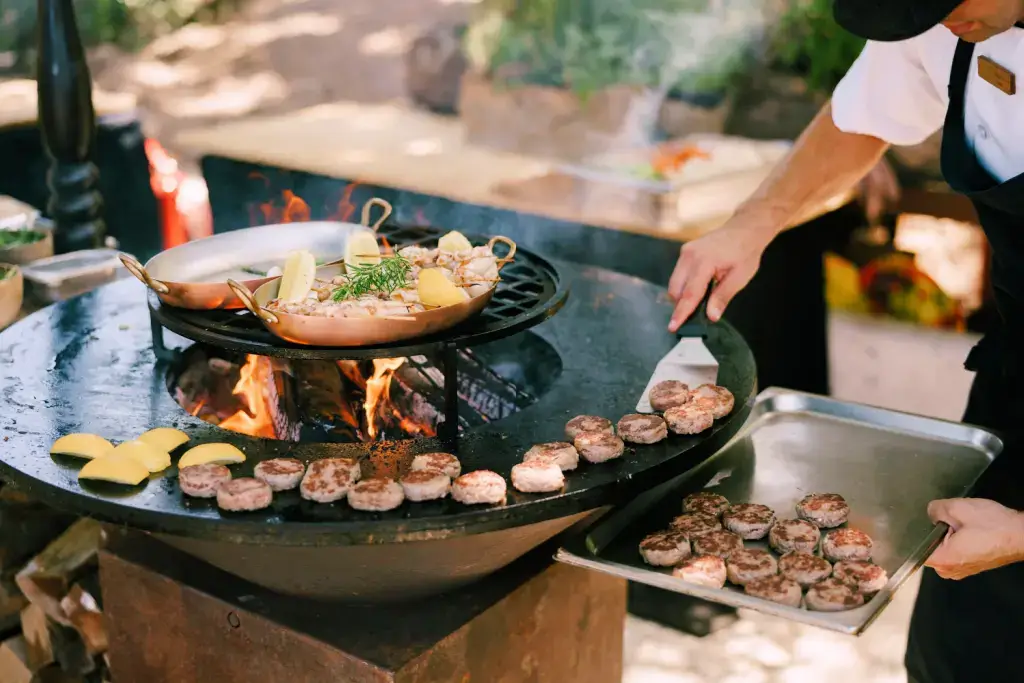
The grill setup is ideal for groups. Each table usually seats eight to ten people, encouraging a social dining atmosphere. Sharing a table with others helps create a sense of connection. Even strangers may find themselves talking during the meal.
In the 1970s and 1980s, Americans became increasingly interested in traditional Japanese food and culture. This comfort food offered a new way to experience both. It was flavorful, visually engaging, and unlike typical restaurant meals. The performance, flavors, and the unique cooking style made this dish memorable, and that’s why it continues to be popular today.
Why Teppanyaki Still Draws a Crowd
Today, it is still a favorite across the U.S. You can find teppanyaki-style restaurants in most major cities, from small family spots to big chains. The classic experience hasn’t changed much. The flaming onions are still around, but some places are trying new ideas.
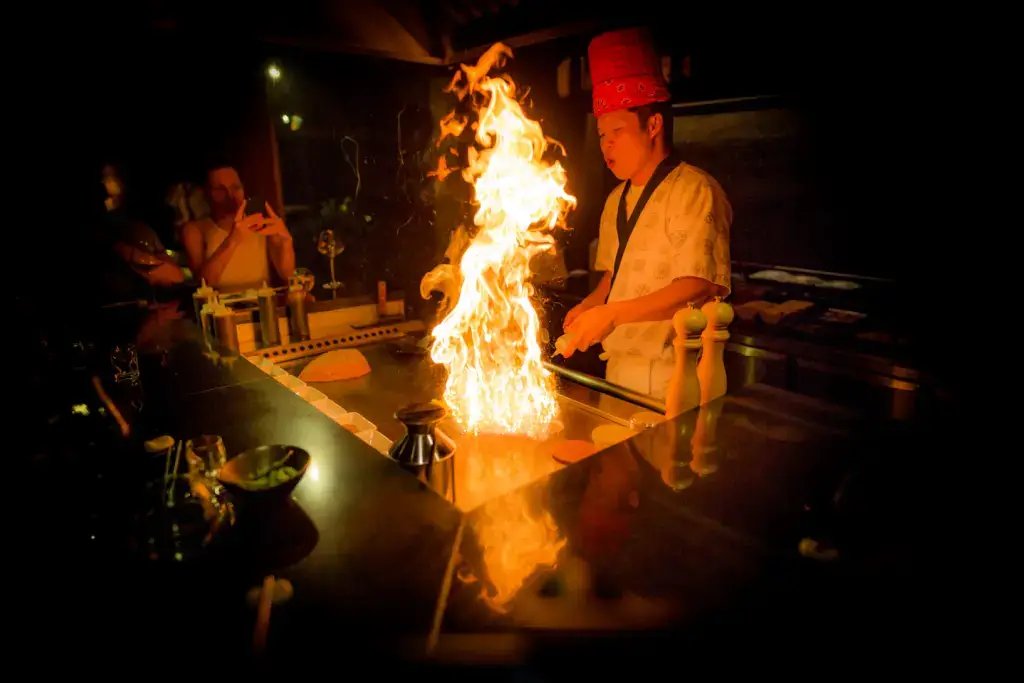
Modern updates include fusion sauces, plant-based proteins, or premium ingredients like wagyu (Japanese premium beef). You might also see this comfort food served in food trucks, pop-ups, or luxury resorts. Social media has helped, too. Viral videos of chefs doing amazing tricks excite younger audiences about the experience.
Hibachi vs. Teppanyaki
Don’t confuse teppanyaki with hibachi! A hibachi is a small charcoal grill in Japan, while a teppanyaki uses a flat iron cooking surface instead. Chefs train for years to perfect their cooking and performance skills. The onion volcano is a famous trick and a crowd favorite. Typical sauces include shōga (ginger) sauce and teriyaki glaze.
Bringing a Taste of Japan Home
People who can’t reach a teppanyaki restaurant can recreate it at home with a hot plate. Choose your favorite protein and chop some veggies. Stir-fry them right at the table. Add a dipping sauce and have a cozy, at-home teppanyaki night.
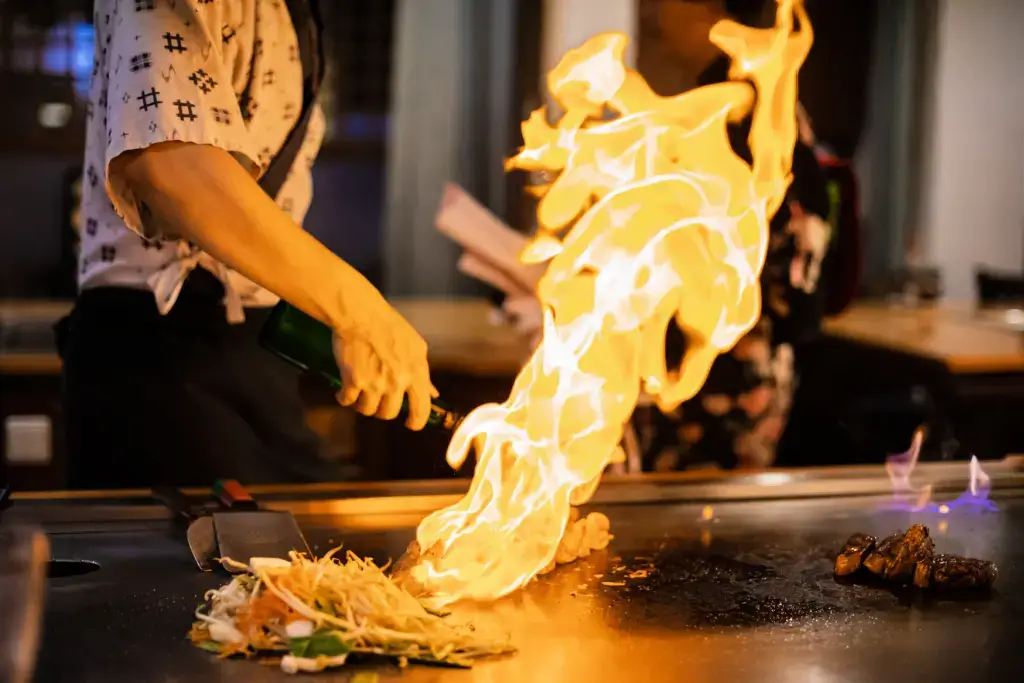
From Japan to your plate, it shows that food is more than just eating. Whether watching a chef toss shrimp or enjoying grilled steak, meals become memorable. It reminds us that food is meant to be enjoyed, shared, and remembered. Have you ever been to a teppanyaki restaurant? What’s your favorite part of the experience? Let us know in the comments below!
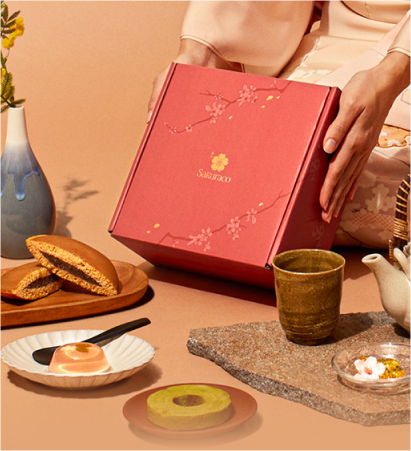
Discover authentic flavors with Sakuraco
Get Sakuraco 

Discover authentic flavors with Sakuraco
Get Sakuraco 
Related Articles
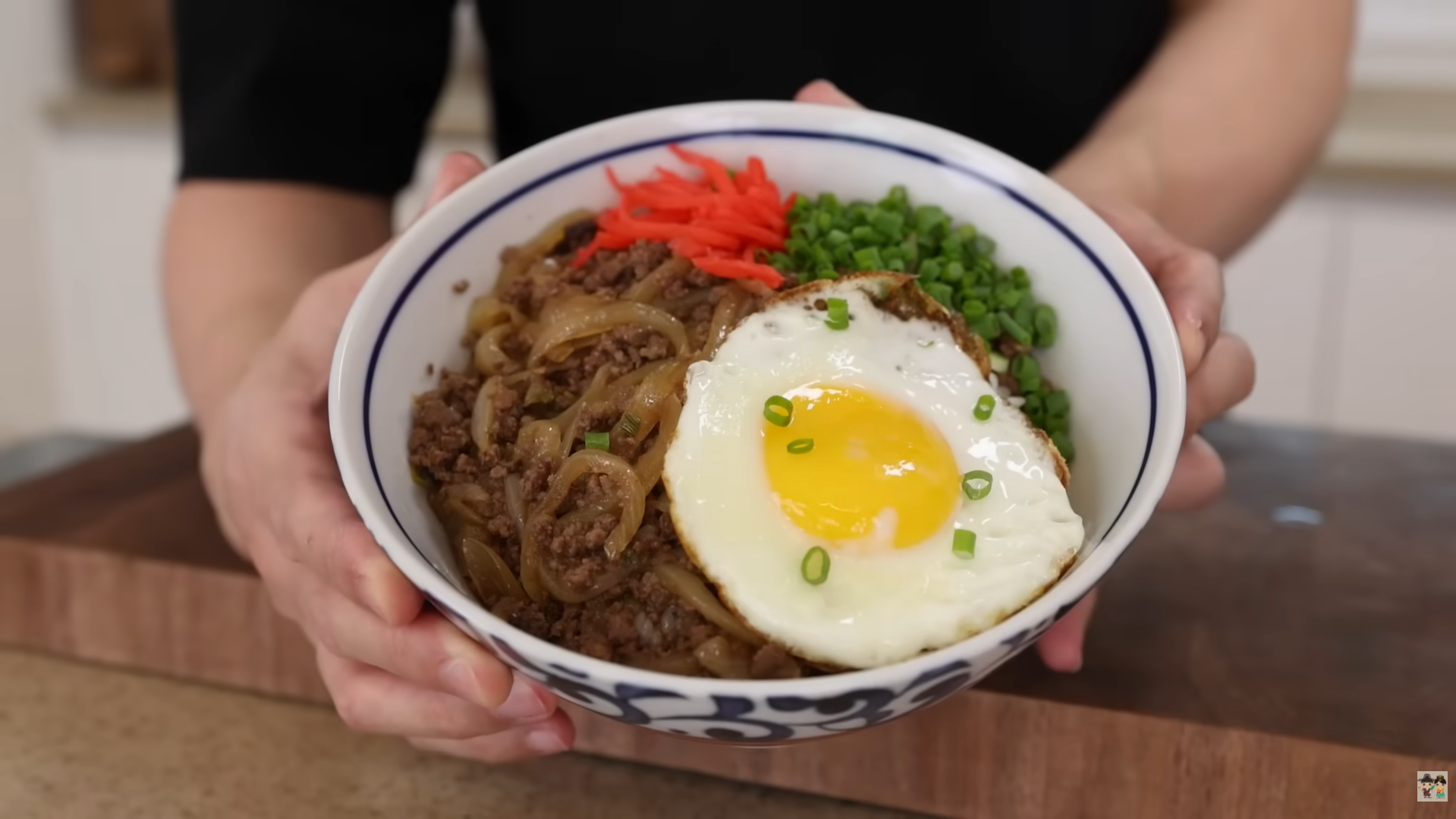
Aaron and Claire Show Us How to Make Gyudon!
If you’re looking for a Japanese comfort food that’s quick, affordable, and full of flavor, Aaron and Claire have a great option. In this video, Aaron shows how to make Gyudon using ground beef instead of the usual thinly sliced beef.
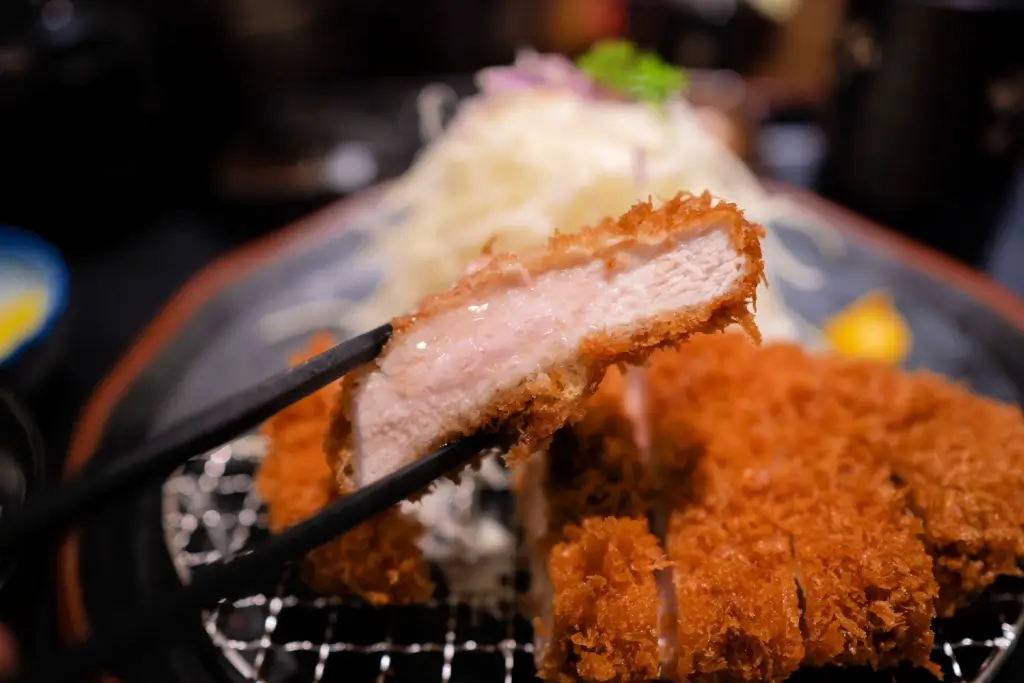
Tonkatsu Luxury Restaurants: Best Ones to Try!
Don’t miss out on tonkatsu if you’re traveling to Japan! Tourists often add the meal to their must-eat list because of its delicious and satisfying nature. Even better, you can elevate the experience by going to luxury restaurants across Japan, where you can experience some of the most celebrated pork cutlets.
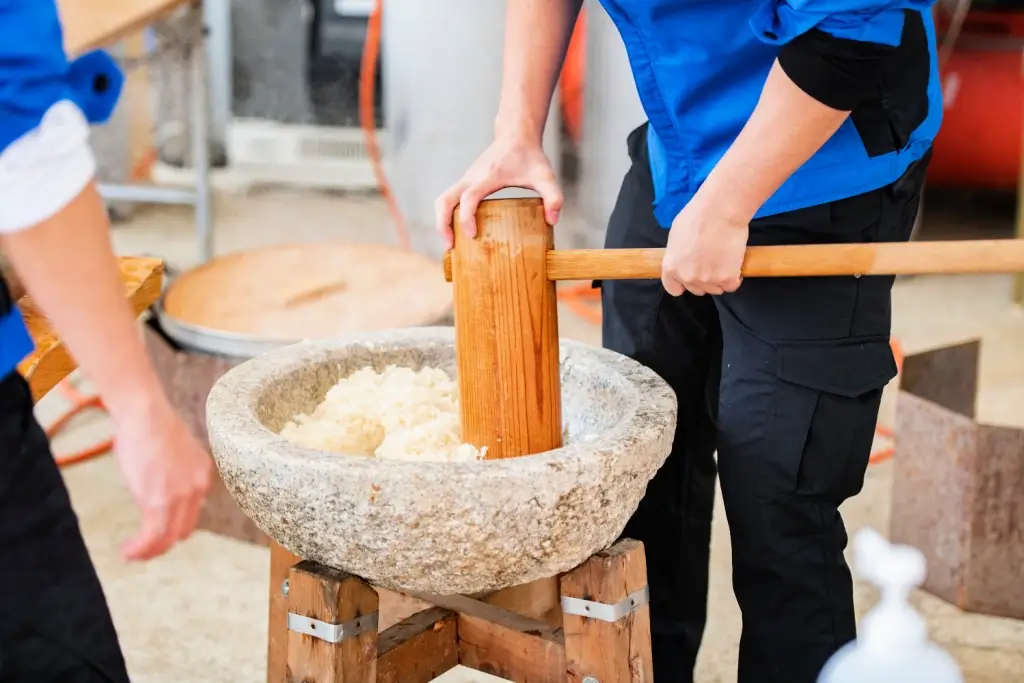
Mochi: How is Mochitsuki Made in Japan?
Mochitsuki is the Japanese tradition of pounding steamed rice to make mochi for the New Year. Families and neighbors gather to participate in this lively and meaningful tradition. The teamwork involved helps everyone feel a sense of connection.
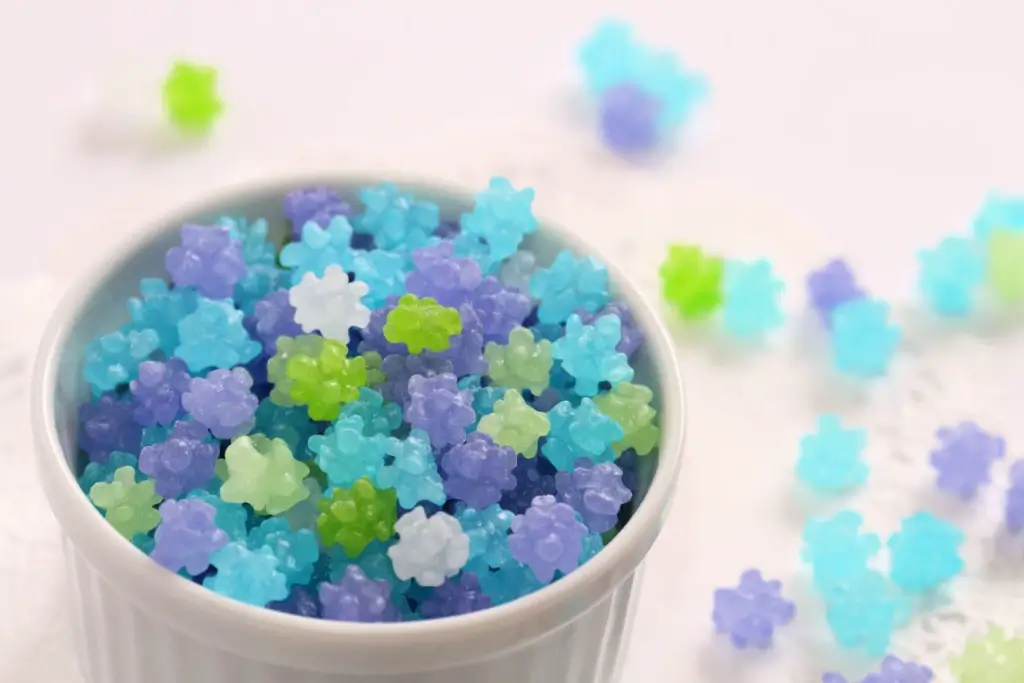
Konpeito Candy: What Makes This Starry Treat Shine?
If you are a fan of the famous Demon Slayer series, then you probably know that the favorite treat of the adorable Nezuko Kamado is those tiny, colorful little sweets.



